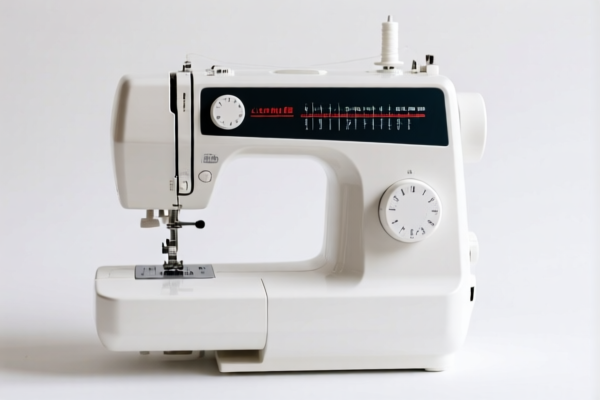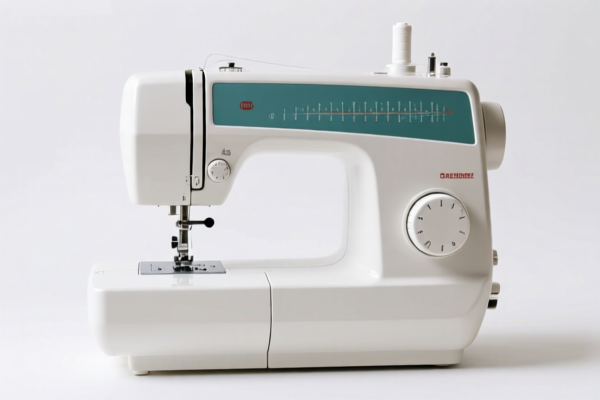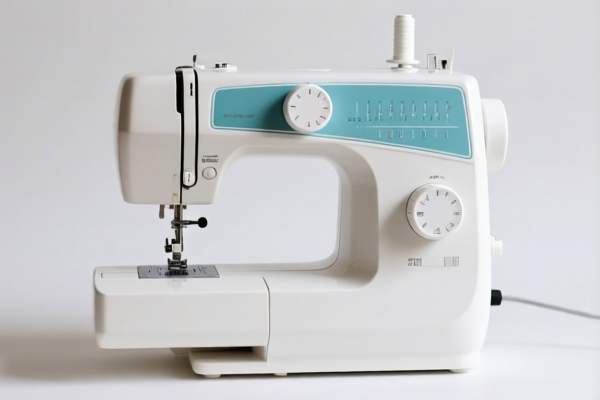| HS Code | Official Doc | Tariff Rate | Origin | Destination | Effective Date |
|---|---|---|---|---|---|
| 9209998000 | Doc | 42.8% | CN | US | 2025-05-12 |
| 9209996100 | Doc | 37.5% | CN | US | 2025-05-12 |
| 9208100000 | Doc | 33.2% | CN | US | 2025-05-12 |
| 9208900040 | Doc | 42.8% | CN | US | 2025-05-12 |
| 8452100010 | Doc | 37.5% | CN | US | 2025-05-12 |
| 8452100090 | Doc | 37.5% | CN | US | 2025-05-12 |
| 8440100000 | Doc | 37.5% | CN | US | 2025-05-12 |
| 8440900000 | Doc | 37.5% | CN | US | 2025-05-12 |
| 4904000020 | Doc | 37.5% | CN | US | 2025-05-12 |
| 4904000040 | Doc | 37.5% | CN | US | 2025-05-12 |
| 4911100080 | Doc | 37.5% | CN | US | 2025-05-12 |
| 4911998000 | Doc | 37.5% | CN | US | 2025-05-12 |




Sewing Music
Sewing music refers to instrumental music, typically piano music, composed specifically for the purpose of maintaining a consistent tempo while hand-sewing. It emerged as a practical aid in the 18th and 19th centuries, particularly among seamstresses, to increase productivity and ensure uniform stitch length.
Material & Origins:
The practice originated with the need for a reliable pacing tool during a time when mechanical sewing machines were not widely available or affordable. The music was primarily piano pieces, though other instruments could be used. The pieces were not necessarily renowned compositions, but rather tunes with a steady, predictable beat. Composers began to specifically create pieces tailored to common stitching speeds. The music was often published in collections dedicated to seamstresses and needleworkers.
Purpose & Function:
The core function of sewing music is to provide a rhythmic guide for hand-sewing. The consistent tempo helps the sewer maintain a uniform stitch length and speed, resulting in neater, more professional-looking work. This was particularly important for repetitive tasks like shirtmaking or dressmaking where consistency was paramount. It also aided in reducing fatigue by providing a predictable rhythm to follow.
Usage Scenarios:
- Commercial Sewing: Professional seamstresses in workshops used sewing music to increase their output and meet production quotas.
- Home Sewing: Women sewing at home, whether for personal use or to supplement family income, employed sewing music to improve the quality and speed of their work.
- Needlework Schools: Sewing music was utilized in educational settings to teach proper stitching techniques and rhythm.
- Embroidery and Fine Needlework: While primarily associated with garment construction, sewing music could also be used for more intricate handwork requiring consistent stitch placement.
Common Types & Characteristics:
- Tempo Markings: Sewing music typically includes tempo markings (e.g., Allegro, Moderato, Andante) indicating the appropriate speed for different types of stitches. Specific beats per minute (BPM) were often indicated.
- Simple Harmonies: The music generally features relatively simple harmonies and melodies to avoid distraction.
- Repetitive Structure: Many pieces are characterized by repetitive musical phrases, making it easier to follow a consistent rhythm.
- Collections by Stitch Type: Some collections were organized by the type of stitch (e.g., "Music for Shirtmaking," "Music for Hemming").
- Composers: While many pieces were anonymous, composers like Johann Kuhnau and later, specifically those catering to the needlework trade, produced dedicated sewing music.
Based on the provided information, “sewing music” can be interpreted as combining elements of sewing-related goods and musical items. Here's a breakdown of relevant HS codes:
- 8452100010: Sewing machines of the household type Valued not over $20 each. This code applies to household sewing machines with a value not exceeding $20. Chapter 84 covers sewing machines, furniture, bases and covers specially designed for sewing machines, and parts thereof.
- 8452100090: Sewing machines of the household type Other. This code covers household sewing machines not specifically valued at or below $20. Chapter 84 covers sewing machines, furniture, bases and covers specially designed for sewing machines, and parts thereof.
- 9208100000: Music boxes, fairground organs, mechanical street organs, mechanical singing birds, musical saws and other musical instruments not falling within any other heading of this chapter; decoy calls of all kinds; whistles, call horns and other mouth-blown sound signaling instruments: Music boxes. This code applies to music boxes and similar instruments. Chapter 92 covers musical instruments.
- 4904000020: Music, printed or in manuscript, whether or not bound or illustrated Sheet music, whether or not stapled or folded, but not otherwise bound. This code applies to printed sheet music. Chapter 49 covers printed books, maps, and other printed matter.
- 4904000040: Music, printed or in manuscript, whether or not bound or illustrated Other. This code covers printed music not specifically defined as sheet music. Chapter 49 covers printed books, maps, and other printed matter.
Regarding HS code 8452100010 and 8452100090, these codes relate to sewing machines. Regarding HS code 9208100000, please note that this code covers music boxes and other musical instruments not falling within any other heading of this chapter. Regarding HS code 4904000020 and 4904000040, these codes relate to printed music.
Customer Reviews
No reviews yet.